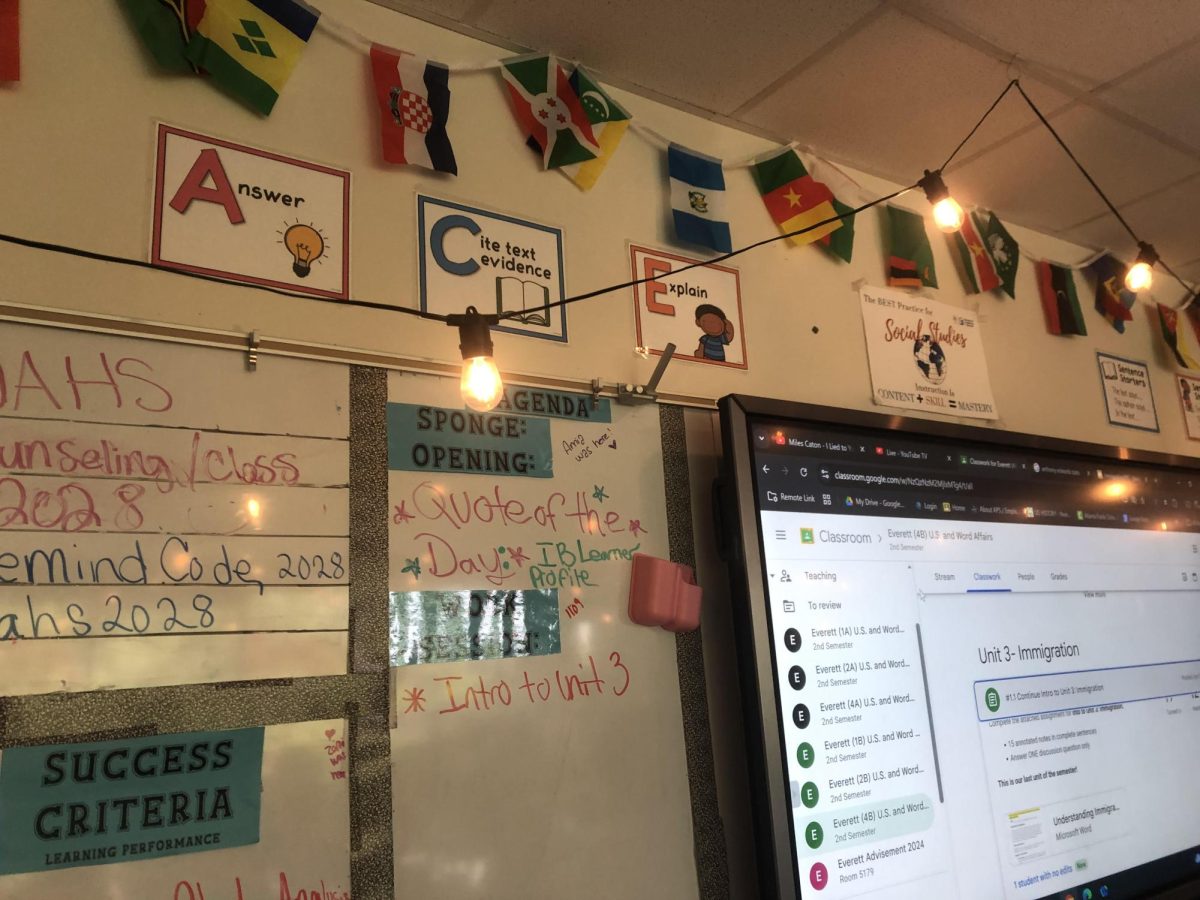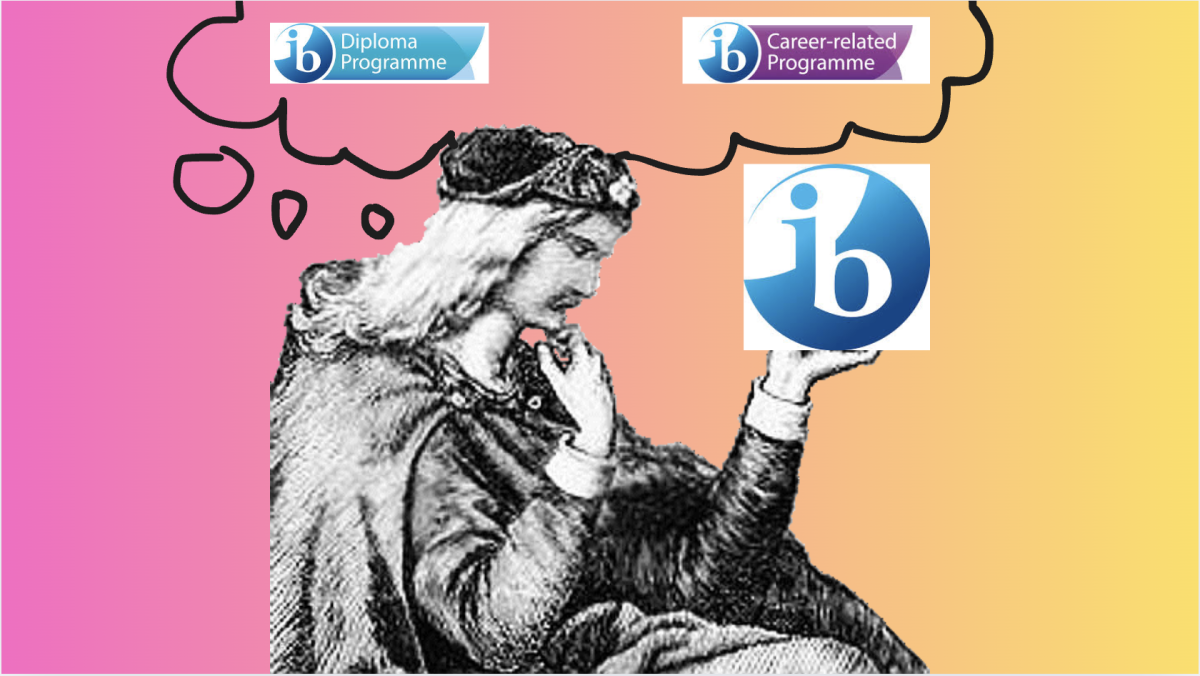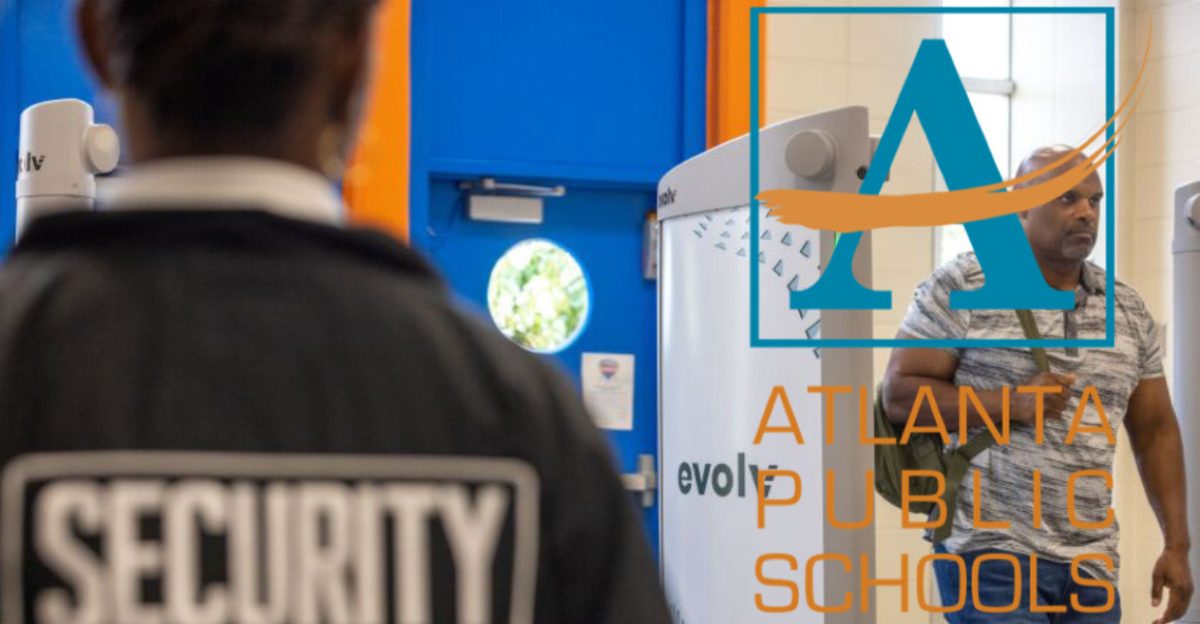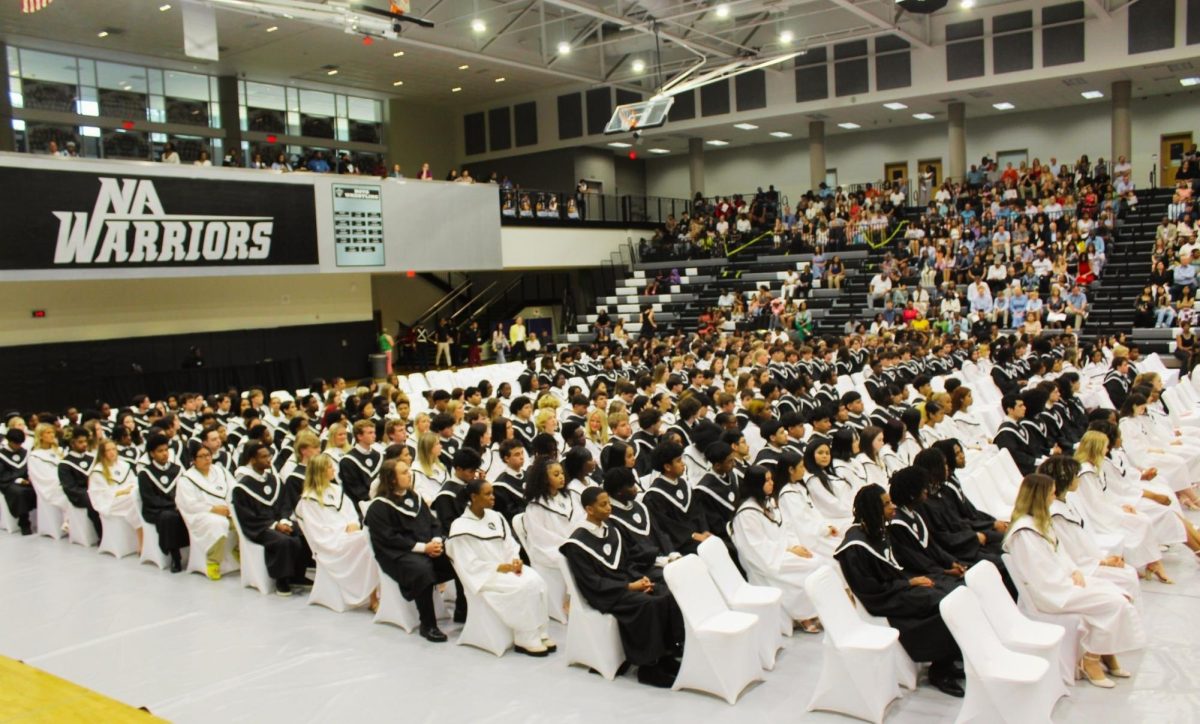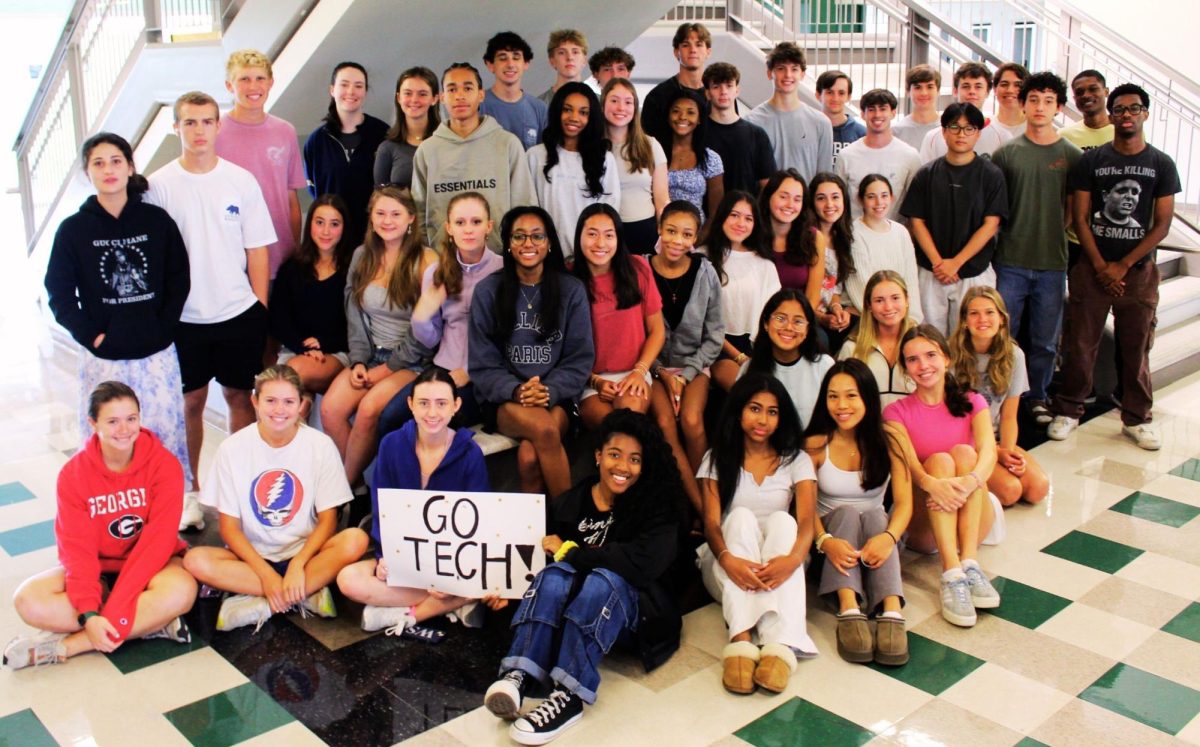In a world dominated by technology, paper is becoming less and less common in the classroom. Students now face a dilemma: should they embrace new digital tools or stick with traditional paper for schoolwork? From note-taking to assignments and planners, opinions on the matter vary widely.
Many students still stand by the classic method of pen and paper, especially when it comes to note-taking. Proponents of traditional paper argue that the physical act of writing helps them better retain information. Studies suggest that the process of writing by hand stimulates cognitive processes, leading to improved memory retention. For many students, physically writing notes allows them to organize their thoughts and visualize concepts more clearly. Junior Elizabeth Greer prefers taking notes on paper as she tends to remember concepts better and finds it easier to review paper notes over digital notes.
While paper note-taking has its loyal advocates, an increasing number of students are embracing digital note-taking and assignments due to the unprecedented convenience of digital tools. Many students can type faster than they can write, and the ability to search, edit, and seamlessly reorganize digital notes is a significant benefit. “I like that everything stays in the same place and I don’t have to worry about keeping up with various sheets of paper,” said junior Caitlin Fleming.
Beyond assignments and notes, another facet of the debate is digital versus paper planners. Staying organized is critical for success in high school, and planners are an essential tool for managing the chaos of assignments, extracurriculars, and deadlines. But the question remains: is it better to use a physical planner or a digital one? Digital planners often offer more convenience and efficiency. With a plethora of planning apps, students can set reminders, sync tasks across devices, and access their schedules from anywhere. Freshman John Henry Collins prefers using a digital planner as it is easier to edit his to-do list.
On the other hand, for many students, paper planners offer the same benefits as handwritten notes as they allow for easy visualization and customization. Additionally, the physical act of crossing off completed tasks can be especially rewarding and satisfying. “I like paper planners because I can make them aesthetic and can organize them exactly how I want to,” said junior Maggie Hunter.
Ultimately, the debate over paper versus digital boils down to personal preference and learning style. Some students thrive on the flexibility and speed of digital tools, while others find that paper helps them stay focused and organized. Whether students wield pencil or pixel, the key lies in choosing the tool that best empowers them to stay organized in an ever-evolving landscape of learning.



